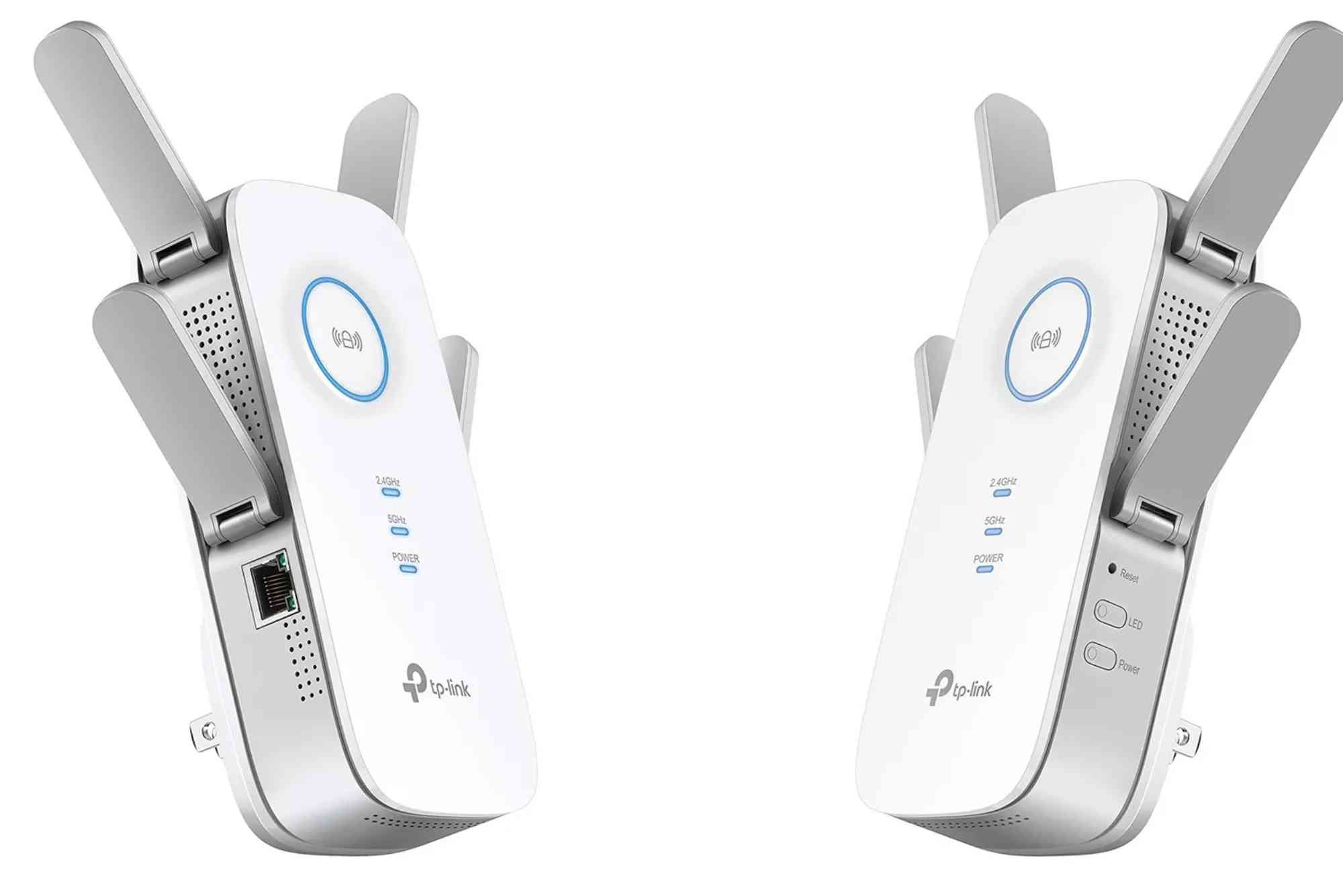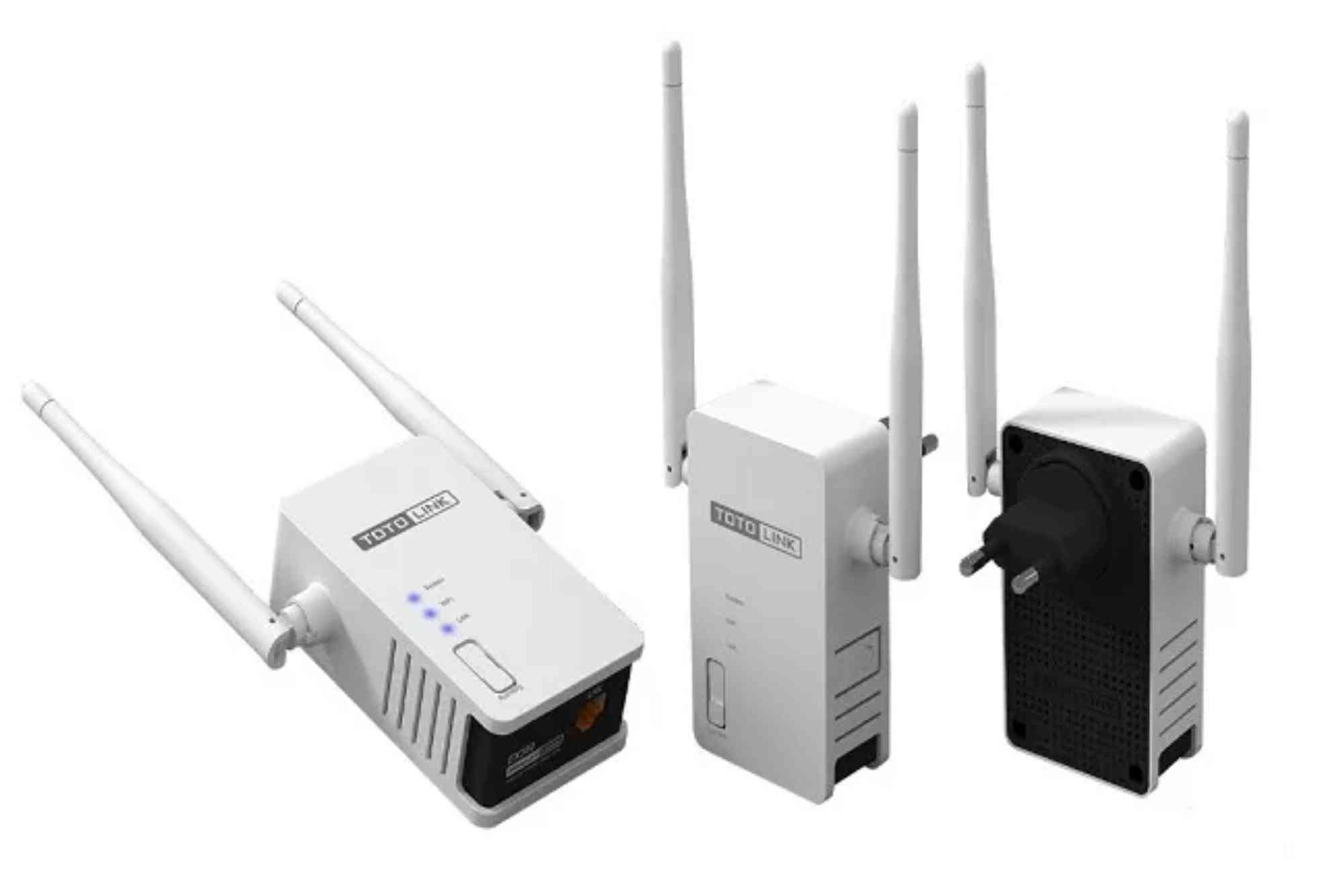Introduction
Losing access to your router can feel overwhelming, especially when you forget the admin password. Without it, you cannot change Wi-Fi settings, update firmware, or secure your network. The good news is that there are multiple ways to regain access. In this article, we will cover step-by-step instructions on how to reset router admin password safely and effectively. Whether you use your router for home or business internet, this guide ensures you’ll be back in control quickly.
Why Router Admin Passwords Matter
Your router admin password is the key to your network’s security. It allows you to configure essential settings like Wi-Fi passwords, parental controls, guest networks, and firewall options. If someone else gains access to your admin panel, they could compromise your network security. That’s why forgetting this password is frustrating but also common. Fortunately, the reset process is straightforward.
First Steps Before Resetting Your Router
Check Default Login Credentials
Many routers come with default usernames and passwords such as “admin” or “password.” Look at the label on the back of your router or check the manual. You may find the default login still works if you never changed it.
Try Router-Specific Login Pages
Most routers can be accessed via an IP address like 192.168.1.1 or 192.168.0.1. Type this into your browser’s address bar. If you cannot log in with your current details, try using the default login credentials listed in the router’s manual.
Use Your Router Brand’s Password Recovery Tools
Some modern routers offer password recovery or reset features built into their web interface. For example, brands like Netgear or TP-Link may have a “Forgot Password” option that sends reset instructions to your registered email.
How to Reset Router Admin Password: Step-by-Step
If none of the above steps work, you’ll need to reset your router. This process restores the router to factory settings, erasing any custom configurations.
Locate the Reset Button
On most routers, the reset button is a small pinhole located on the back. You’ll need a paperclip or pin to press it.
Hold the Button
Press and hold the reset button for about 10–30 seconds until the router lights start flashing. The duration varies depending on your router model.
Reboot and Reconnect
After releasing the button, the router will reboot automatically. Connect your computer or smartphone to the router using a wired or wireless connection.
Log in with Default Credentials
Open your browser and type the router’s IP address. Use the default login credentials, usually found on the label or the router’s manual.
Set a New Admin Password
Once logged in, go to Administration > Password Settings (names may vary). Choose a strong password combining letters, numbers, and special characters.
Best Practices After Resetting Router Password
Change the Wi-Fi Password Too
Since your router is now reset, your old Wi-Fi password may also be erased. Update it to something unique to keep your network secure.
Update Firmware
Router manufacturers release firmware updates to fix vulnerabilities. After resetting, check for updates to improve performance and security.
Create a Backup Configuration
Most routers allow you to save your settings as a backup file. Store this file safely so you can restore settings easily in the future.
Store Your New Password Securely
Consider using a password manager to keep track of your router admin details. Writing it on a sticky note attached to the router is unsafe.
Common Issues During Router Reset
Router Not Responding After Reset
If your router doesn’t reboot, ensure you pressed the button long enough. Try again, holding the button for at least 30 seconds.
Cannot Find Default Login Credentials
Search your router brand online along with the model number. For example, “Netgear R7000 default login” will usually bring up the details.
Internet Not Working After Reset
Contact your Internet Service Provider (ISP) if you still cannot connect. They may need to reconfigure settings. Providers like Dhanote Internet Services often offer support for router resets.
Security Tips for Router Management
Resetting your router admin password is only the first step. To ensure long-term security:
-
Enable WPA3 or WPA2 encryption for Wi-Fi.
-
Disable remote management unless necessary.
-
Use a unique SSID instead of the default network name.
-
Regularly check connected devices for unknown users.
FAQ:
How do I reset my router password without losing Wi-Fi settings?
Most routers require a full reset, which erases all settings. However, some advanced models allow password recovery without resetting the entire system. Check your router’s support page.
How do I log into my router if I forgot the password?
Try default credentials listed on the router label. If that fails, use the reset button to restore factory settings and then log in with default details.
What if I can’t access 192.168.1.1?
Your router might use a different IP. Run ipconfig on Windows or ifconfig on Mac/Linux to find the “Default Gateway.” Use that as the login address.
Can my ISP reset my router admin password?
Yes, many ISPs have remote access to your router. They can help restore settings or provide login credentials if you contact their support team.
Is it safe to reset my router?
Yes, resetting is safe but removes custom settings. Always back up configurations if your router allows it, so you don’t lose important changes.
Forgetting your router admin password doesn’t mean losing control. By following the steps above, you can quickly reset router admin password and secure your network again. Always set a strong password, update firmware, and save backup configurations to avoid repeating the process.








